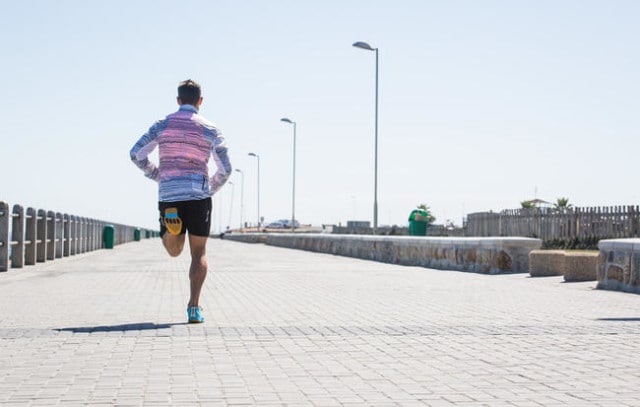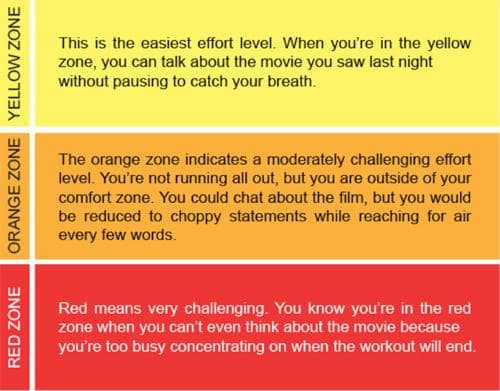How To Train For A Flat Race Course
If you’re accustomed to ups and downs, you need to prepare your muscles for the repetitive stress of pancake-like terrain.
If you’re accustomed to ups and downs, you need to prepare your muscles for the repetitive stress of pancake-like terrain. – By Jenny Hadfield

Running hills is a definite asset in developing strength and fitness. However, it is wise to modify your training plan to better prepare for the unique demands of racing on a long, flat course.
When you run on rolling hills, your body uses a variety of muscles as you climb and descend. The impact levels decrease as you run up and increase as you run down, and your stride varies along the way. When running on a flat course, your stride is more repetitive, which causes more wear and tear on the same muscles, tendons, and joints.
RELATED: Everything You Need To Know About Hill Training
Running on terrain you’re not used to – whether you’re a flatlander heading for the hills or someone accustomed to climbing racing on flats – can lead to muscle fatigue and cramping due to your body’s lack of muscle memory for the repetitive impact load.
The great news is there are plenty of ways to train for the flat course, and you have plenty of time to prepare. It’s a matter of incorporating some workouts on flat terrain in addition to your usual rolling runs. Try these tactics:
Hit the Track
There is no better place to run your speed and tempo workouts for a flat course than on a flat track. You can include short kilometre repeats at a harder red zone effort, longer 1.5km to 3km repeats in the moderate orange zone, and even some shorter easy yellow zone effort runs later in the season. Keep in mind that too many tight turns in the same direction may cause injury, so when possible, run recovery laps in the outer lane in the opposite direction.
RELATED: Try Tempo Training For Faster Running!
Hit the Treadmill
This may not seem like a fun option in the summer, but the treadmill can be a great resource. You can easily get in higher-quality workouts on hot days or when time is too short to make it to a track. Treadmills are especially convenient for runners who travel. Think of the ‘mill as one tool that bridges the gap to your next outdoor run.
RELATED: Three Power Workouts for the Treadmill
Alternate Long Runs
Try to locate a flat stretch of path or road for some of your longer runs. This may mean that you repeat a 2km loop in a flat neighbourhood or travel to a rail trail or a river path, but it will be worth the time invested. The best way to prepare your body for a long, flat course is to simulate it with a long, flat training run. Once you have your flat course, run it every other week, alternating it with your usual go-to hilly routes. You’ll maintain your hilly fitness while adapting to the new wear pattern on the flat course. If you’re a seasoned runner, you can also weave in some race simulation runs on your flat course to learn how to pace yourself on race day.
RELATED: 8 Ways To Maximise Your Longer Runs
There are a lot of benefits to racing a flat course, including speed and predictable pacing. The secret is to know that “flat” doesn’t necessarily mean “easy” if you’re not accustomed to that terrain.
READ MORE ON: training


